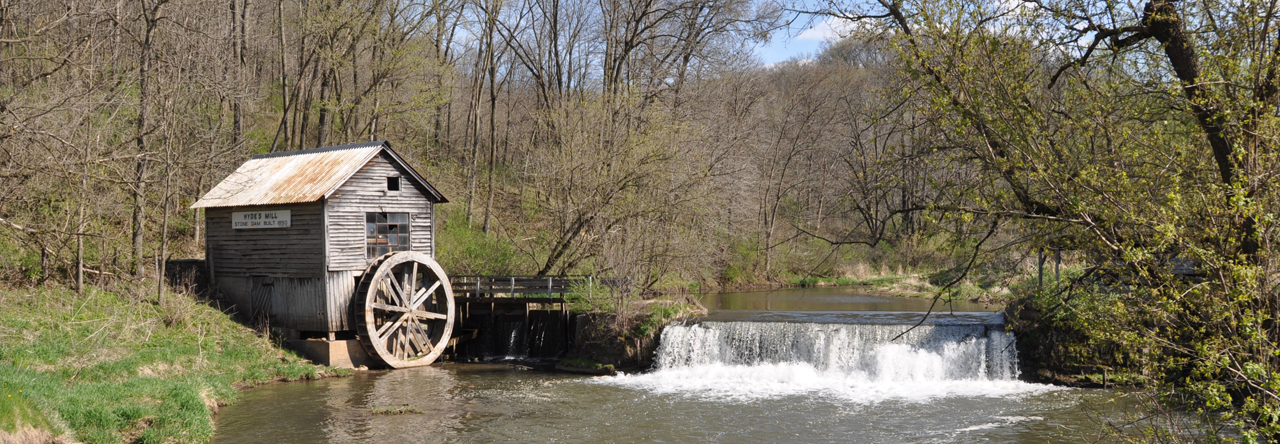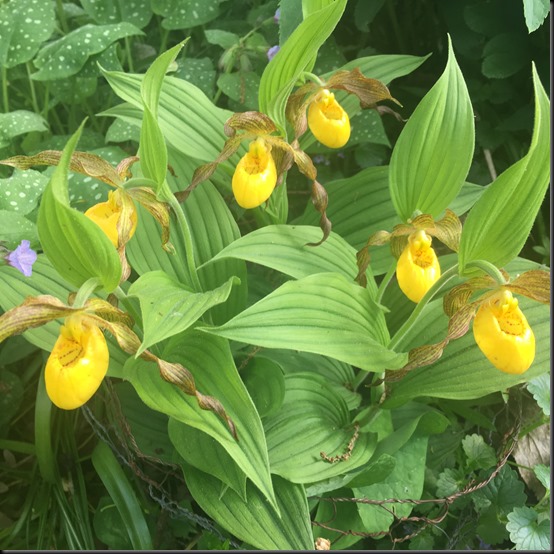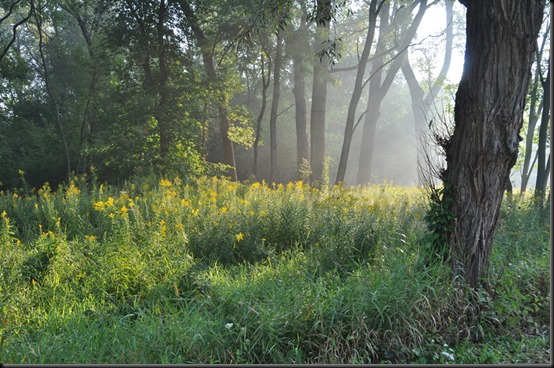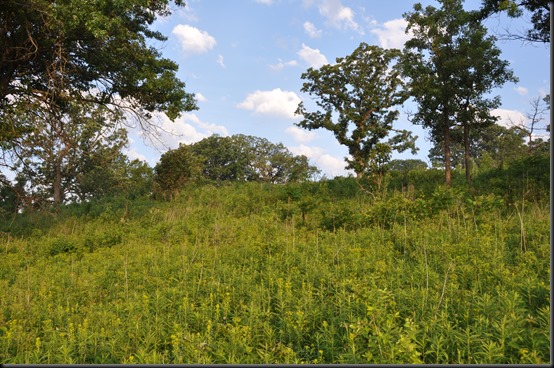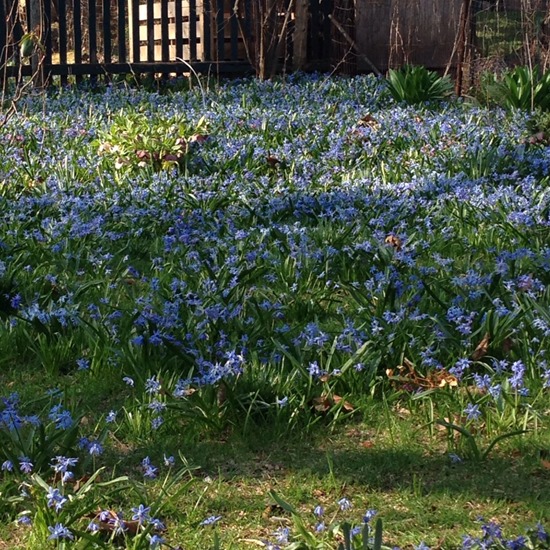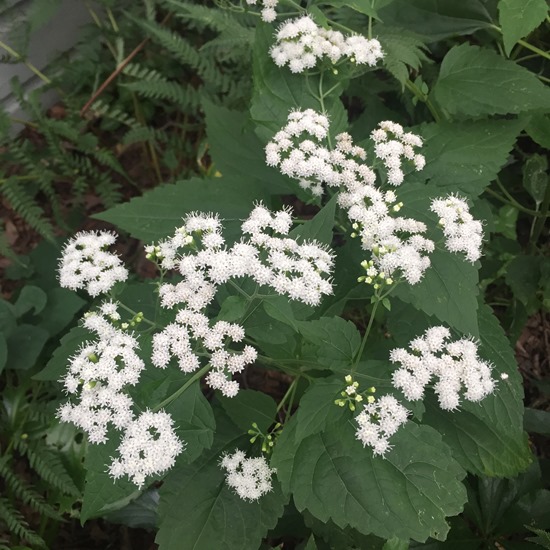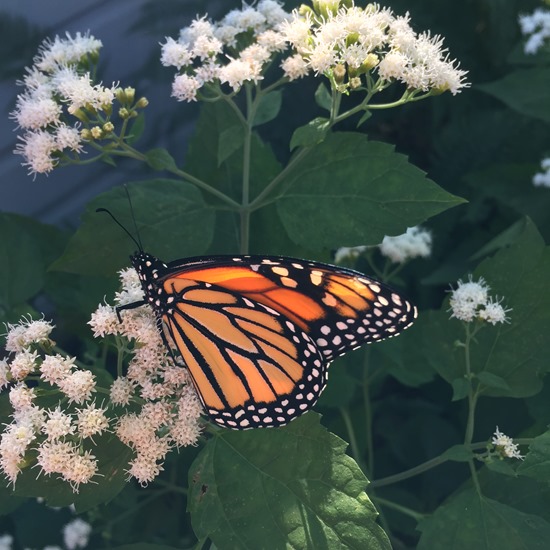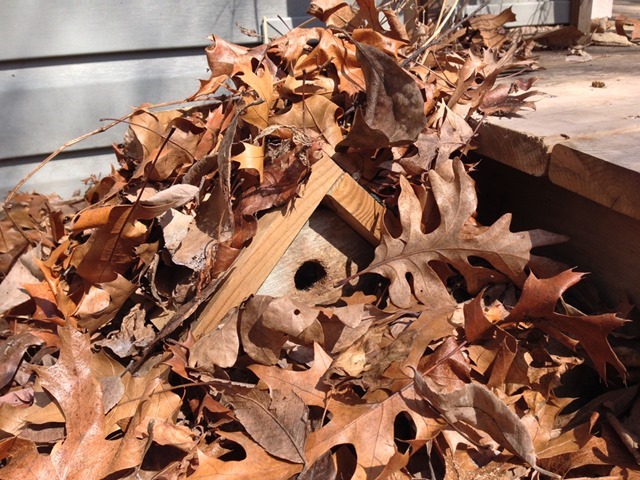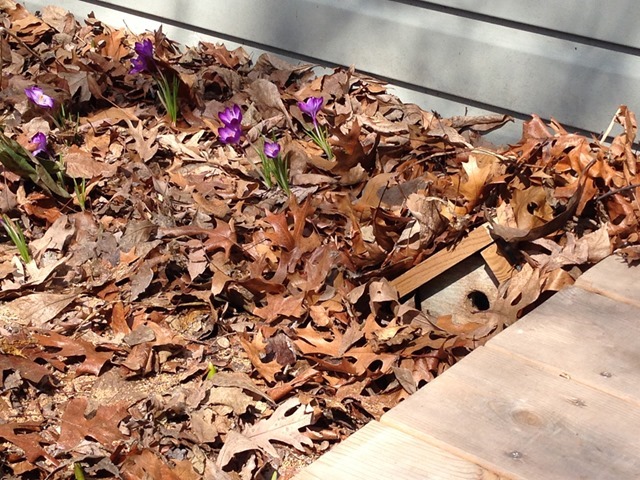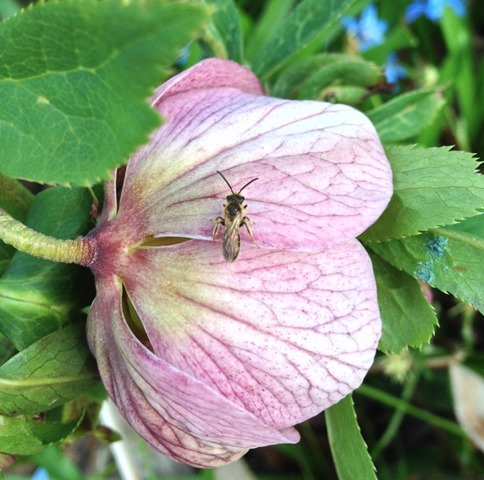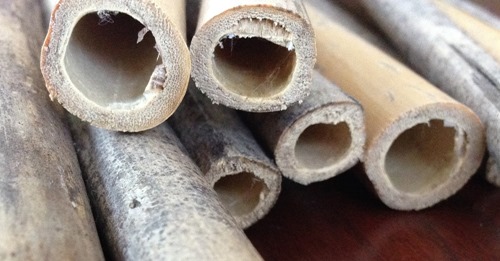Over the last year I’ve experienced a subtle shift in interests and activities that has led to me blogging less and getting out and enjoying nature more. I still garden as much as ever, but just haven’t felt the need to share so many updates here. My organic kitchen garden is what it is and I still get produce and enjoyment from it in equal measures, but except for a couple of new-to-me crops I’m growing this year, there isn’t much to report. Instead I may be sharing more of my nature explorations, some of which I’m hoping will happen in my own urban perennial garden at an increasing rate.
When I discovered iNaturalist last year I had already been photographing the interesting flora, fauna, and fungi I’d encounter in my explorations. Having a place to share my finds, obtain or confirm identifications, and learn more about the organisms I encounter motivated me to spend even more time out looking around. As I began finding more and more flowering plants in shady habitats I started thinking about how I could incorporate them into the shady urban gardens around our home.
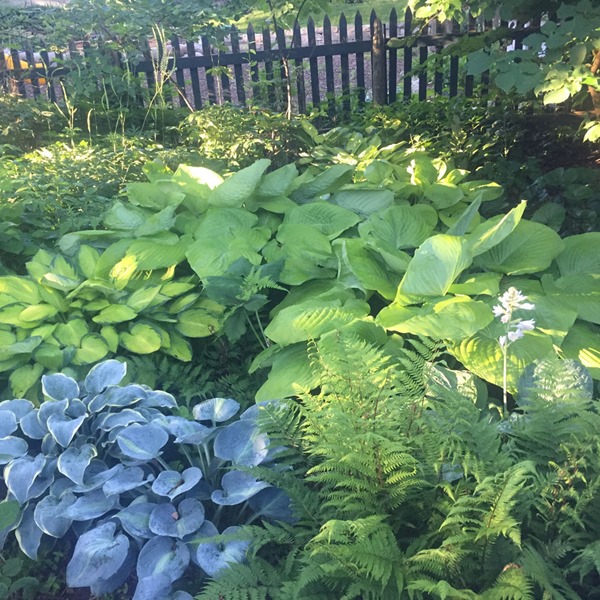
Over the nearly thirty years I’ve been dragging the gardens back from the neglected wasteland they used to be I relied heavily on ferns and hostas to fill space and create some interesting contrasts in texture and color. At one point I had nearly ninety varieties of hosta, most of which are still going strong. Patches and specimens of native and exotic woodland plants, especially spring ephemerals round out the plantings and mostly provide flowers only early in the season. While they do attract pollinators, especially bumble bees, during their blooming period, hostas don’t produce a lot of flowers for the space they occupy. Since I’ve declared the garden a pollinator habitat I’ve been paying more attention to which plants bees and other insects are visiting in the woodlands and savannas in our area. The removal of some trees in a neighbor’s yard have opened up the canopy more so I’ve started experimenting with adding more floriferous and taller natives.
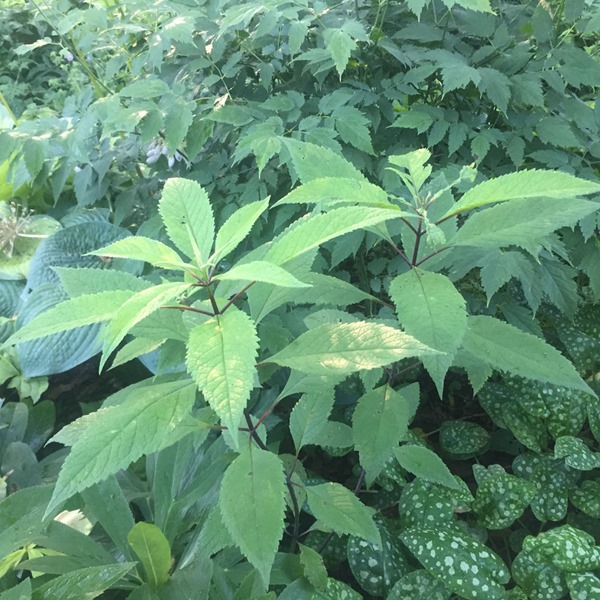
I started slowly, first purchasing a single plant of a cultivar of Joe-Pye Weed (Eupatorium cv.) which did poorly at first because we were out of town when it really could have used some watering. Then I started seeing more about nursery plants being treated with neonicotinoid pesticides which, by design are harmful to insects. While the different interested parties go back and forth over the level of threat they pose in this application, I decided just growing my own plants from seed was probably the safest approach. I’ve had a full semester course in plant propagation and years of experience propagating my own plants by various methods, including from seed.
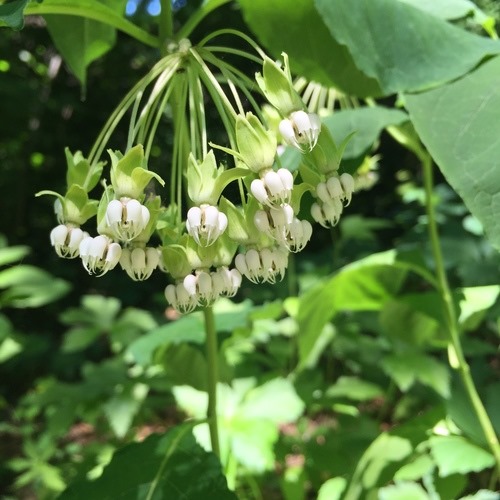
The first species I wanted to try was Poke Milkweed (Asclepias exaltata) which I encountered dangling its clawlike flowers in the woods of the Lakeshore Nature Preserve where I often walk. I purchased seeds from Prairie Moon Nursery and sowed them shallowly in a single pot that I left outside over the winter to simulate natural conditions.

I think nearly every seed germinated this spring and after they’d grown a few true leaves I transplanted them into individual pots. To keep them safe from the squirrels who sometimes dig in my plant pots I kept them inside the propagation cage I built from recovered deck wood. As they’ve grown and I’ve started pots of other species, I realized I was going to run out of squirrel-proof room so this weekend I took up another construction project.
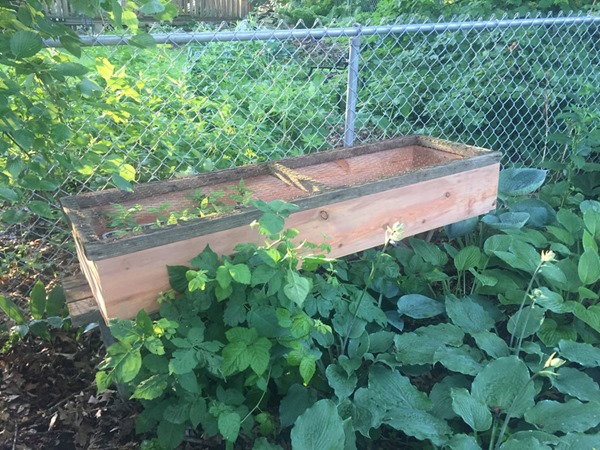
For years an unused trellis(?) has been laying behind the compost bins. It’s a simple frame of 2x2s with a layer of chicken wire that I realized would be a good size for another propagation box.
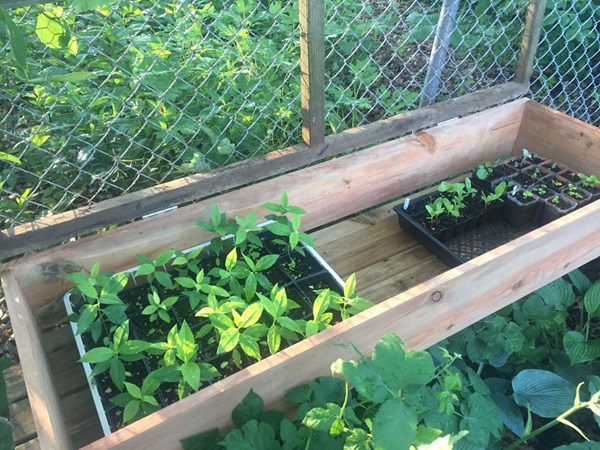
I put together a wooden frame with a slatted bottom and hinged the trellis to the top for a lid to keep squirrels out but let the sun and rain in. I did find chipmunks can get through chicken wire but they rarely do and don’t do as much damage as the squirrels. It’s only 9” deep but that’s sufficient to get plants started and then they can be moved to the taller cage if they need to grow on more before transplanting.
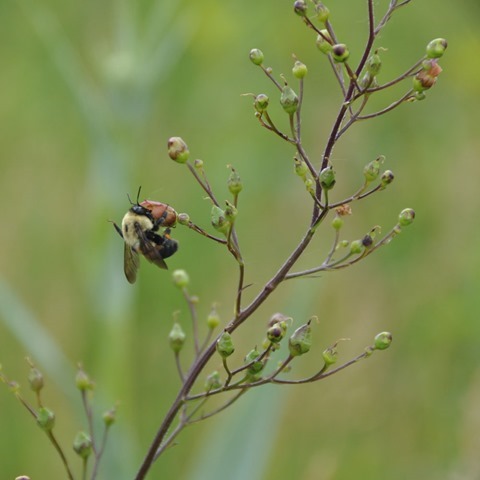
One of the next plants I would like to grow is Early Figwort (Scrofularia lanceolata) as it produces a lot of nectar for the size of its flowers. The specimen above was growing in an open prairie, but I’ve seen it in shadier edge conditions and believe it could thrive in my garden.
My list of seeds to obtain for this garden transition has been growing and I’ll be spending some time this summer deciding which species to focus on next. My goal is to have a long season of bloom with no interruption in nectar sources for the pollinators I’m fortunate to have visiting the small oasis I hope I’m creating for them.
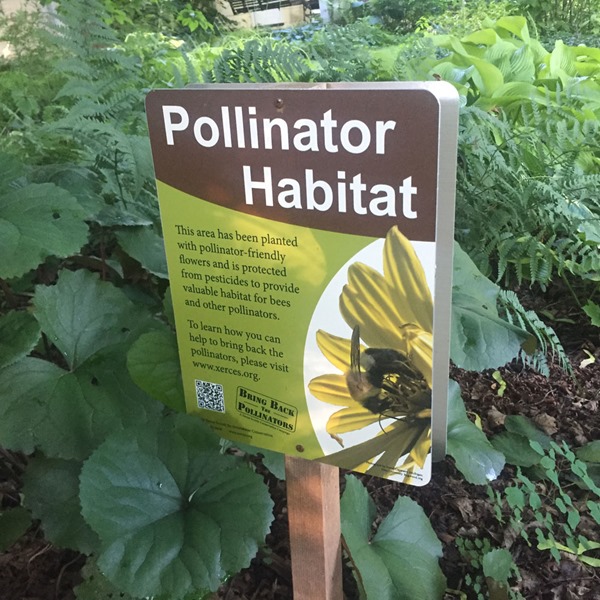
Do you consider pollinators when you select plants for your garden? I would appreciate hearing about your successes in the comments below, especially with native plants that grow in partial shade to shade.
